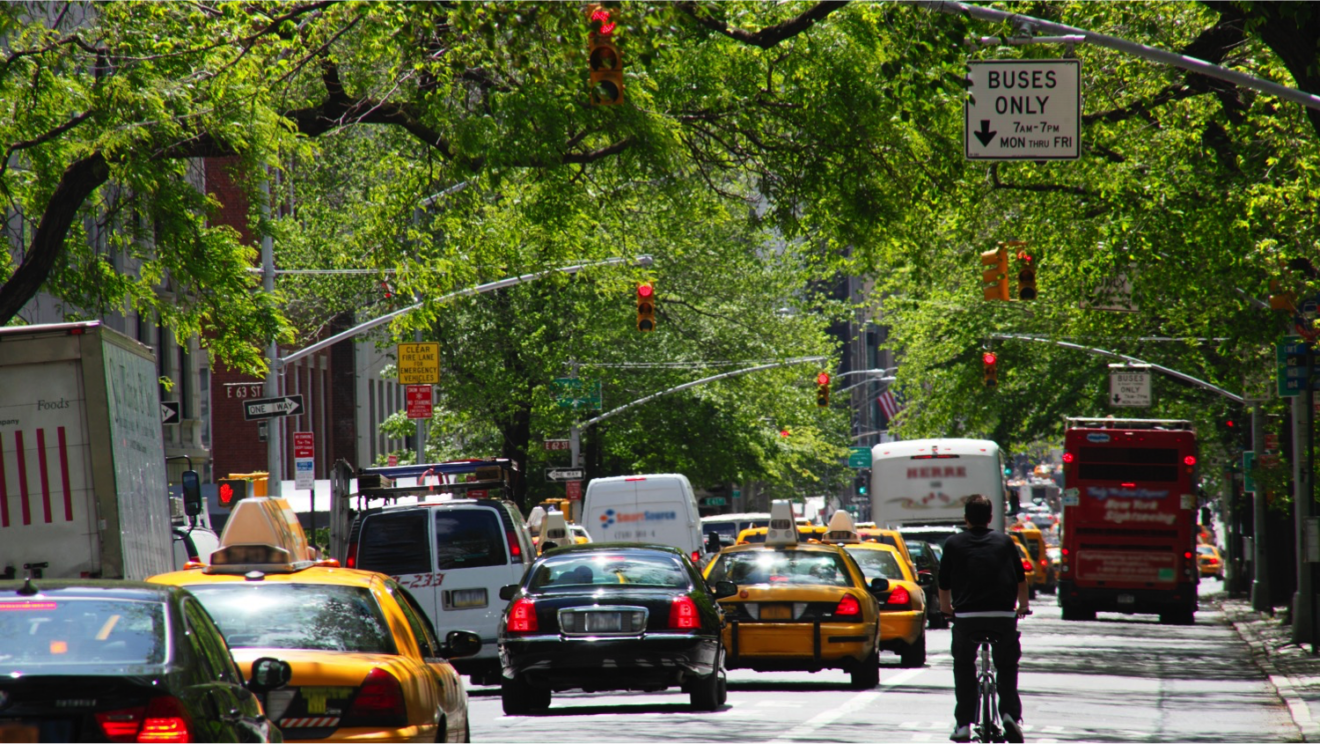By Andrew Herson, Head of Computer Vision Products for Verizon’s Smart Communities Business
As more people are moving to cities, traffic-related fatalities have risen. The National Safety Council estimates 40,100 traffic deaths occurred in the U.S. in 2017, with Rhode Island posting an 87% increase in traffic deaths from 2015-2017 and Kansas increasing 29% in that same timeframe.
In response, more than 30 cities have joined Vision Zero, a commitment to eliminate traffic fatalities and increase traffic safety for everyone, including cyclists, pedestrians and vehicles. This appears to pay off for New Yorkers, a state committed to the Vision Zero effort, as traffic fatalities dropped 15% from 2015 to 2017, with much of the credit going to New York City’s efforts to drop speed limits and add bike lanes.
First implemented in Europe in the 1990s, Vision Zero focuses on education, enforcement, engineering, encouragement, equity and evaluation, all while promoting the underlying philosophy that true safety comes from designs that protect all people.
Vision Zero unites stakeholders including government officials, technology companies, engineers and designers to solve traffic challenges and create solutions that span disciplines and technologies including things like smart traffic lights, parking solutions and smarter, safer intersections — all of which serve to support Vision Zero goals.
Making the most of technology
Cities can meet Vision Zero targets by implementing smart technology that’s easy to use and deploy. They do this by leveraging smart data to create new opportunities and effect change within their cities, enabling easier and often less expensive decisions for city officials. This new technology can pinpoint critical data points, like where pedestrian fatalities occur, and design changes to help promote safety.
Take San Francisco, for example. Shortly after the city signed a Vision Zero plan in 2014 to eliminate deaths by 2024 they identified the 12% of streets where more than 70% of pedestrian, cyclist or motorcyclist deaths occurred. The city now concentrates its Vision Zero efforts around those specific locations, using data from predictive analytics and understanding how an incident in one intersection impacts intersections down the street.
Washington, D.C., also targets 2024 in its Vision Zero plan, which includes changes to education, enforcement, data collection, engineering and infrastructure. The city found that 24% of its streets lack sidewalks, a statistic that factors into the city’s pedestrian death rate of two per 100,000 compared with Seattle’s rate of 0.32 deaths per 100,000 people in 2012.
Sometimes, the solution comes down to things like street signs, traffic calming patterns and law enforcement to change driver behavior. Lower speed limits not only reduce injuries and fatalities for those in vehicles but also protect pedestrians. If struck by a vehicle going 20 miles per hour, nine out of 10 pedestrians will survive. That’s compared with only one out of 10 surviving after being struck by a vehicle going double that speed.
These statistics underscore the importance of implementing a wide-ranging strategy that includes parking, traffic and public safety in a holistic approach to accomplishing Vision Zero goals based on each individual city’s needs. Cities should look for solutions that are flexible, easy to upgrade and cloud integrated.
Some of the solutions currently being used across the country include Verizon’s Intersection Safety Analytics, which brings smart cameras to street lights, traffic signals and other locations. The devices count vehicles, parked cars, pedestrians and cyclists, transfer metadata to a cloud-based platform and relay that data to city designers via an integrated application. Based on these critical insights, city designers then make changes to intersections and traffic flows to help create a safer community.
Andrew Herson, head of computer vision products, joined Verizon when the company bought Sensity Systems in October 2016. He joined Sensity in June 2016 after it acquired Eutecus. At Eutecus, Andrew was vice president of product development responsible for computer vision product development. Before that, Andrew dedicated his career to devices and sensors.
At Verizon, our goal is to improve the quality of life for people living in cities around the world and increase the ways and efficiency in which cities operate. It’s not just about smart technology, connectivity or applications; it starts with a focus on the people and their basic wants and needs. We partner with each city to design infrastructure, systems and processes that elevate the way they provide services in new and cost-effective ways.
